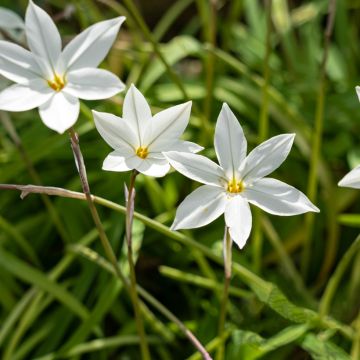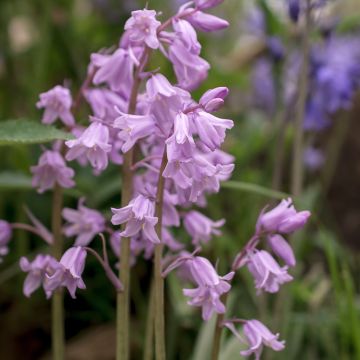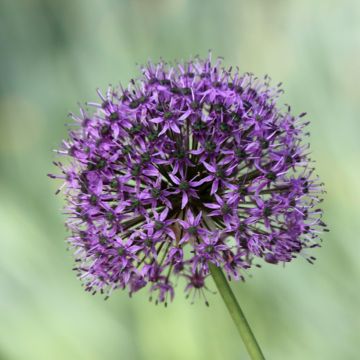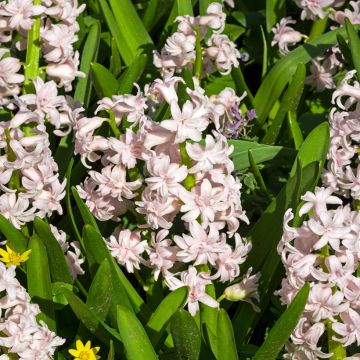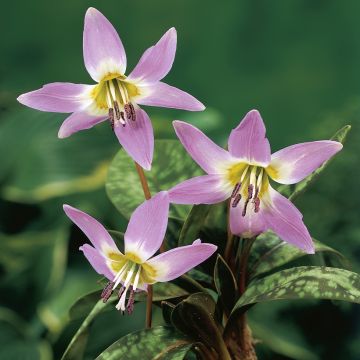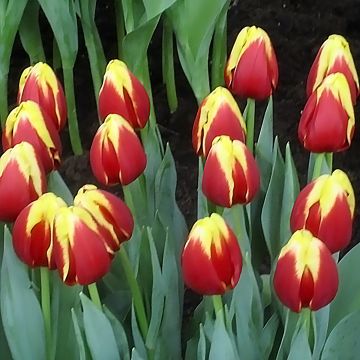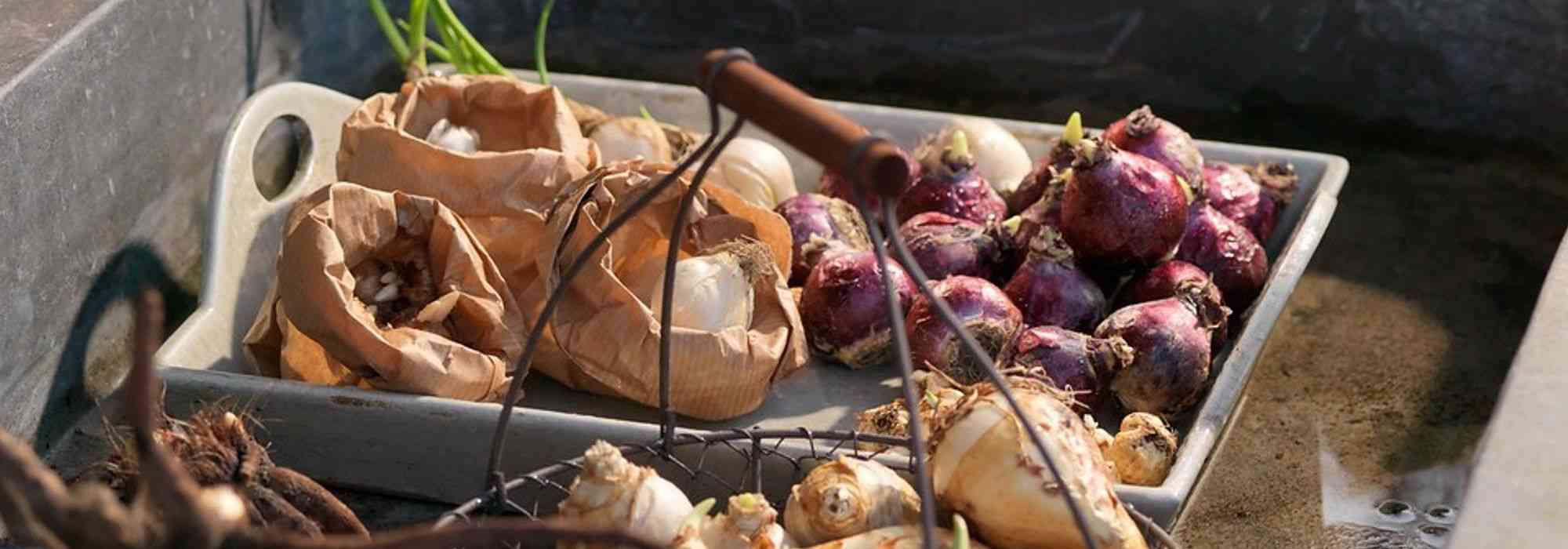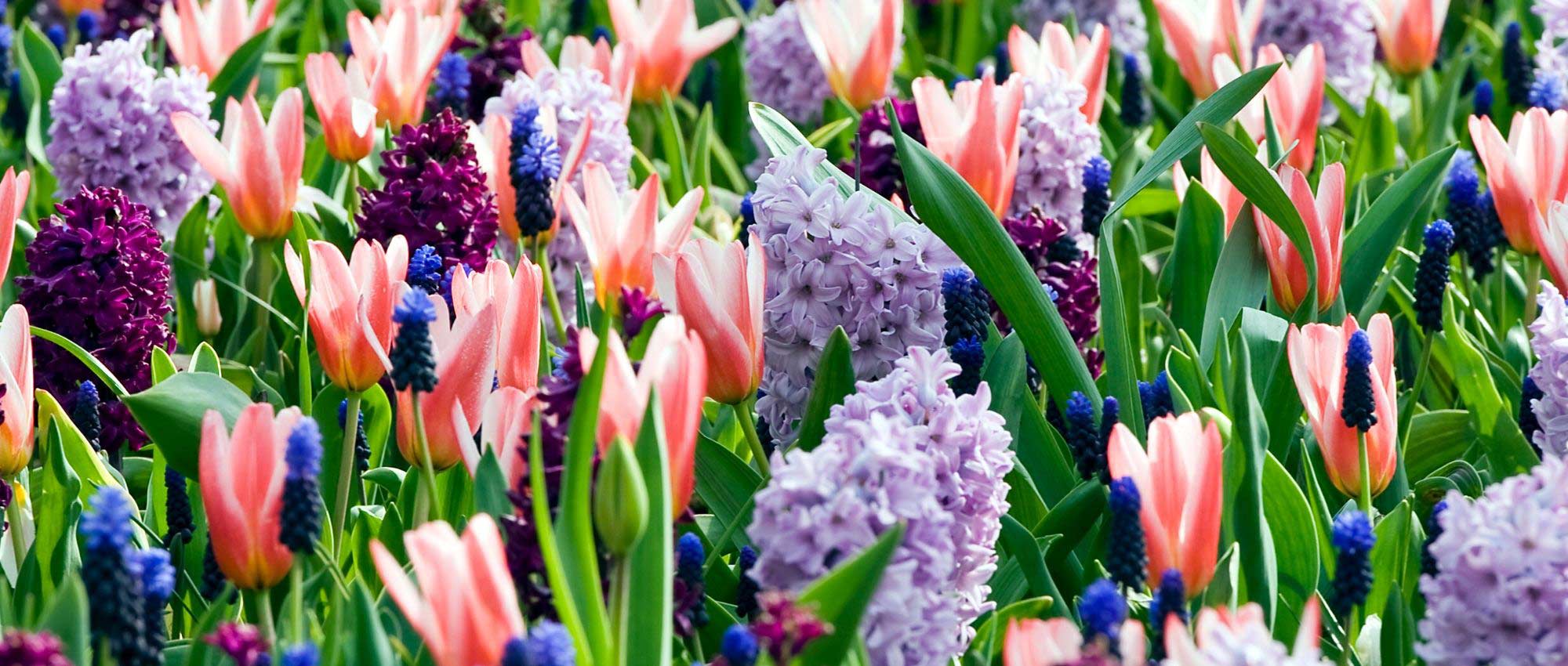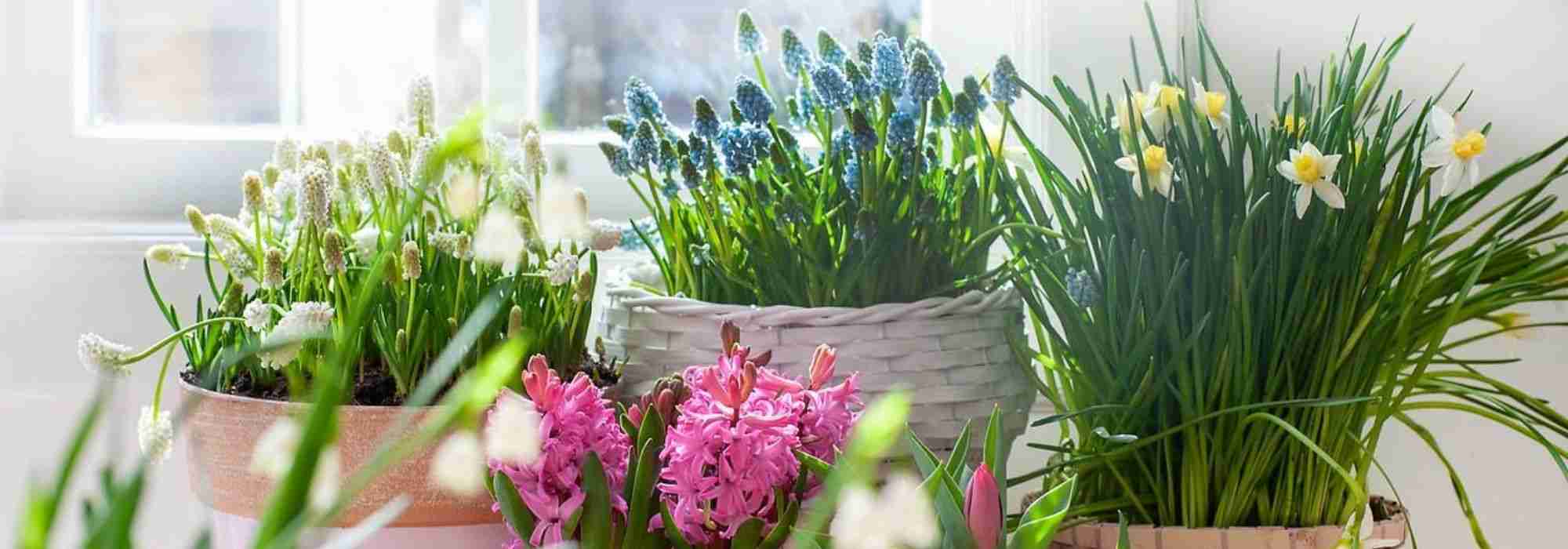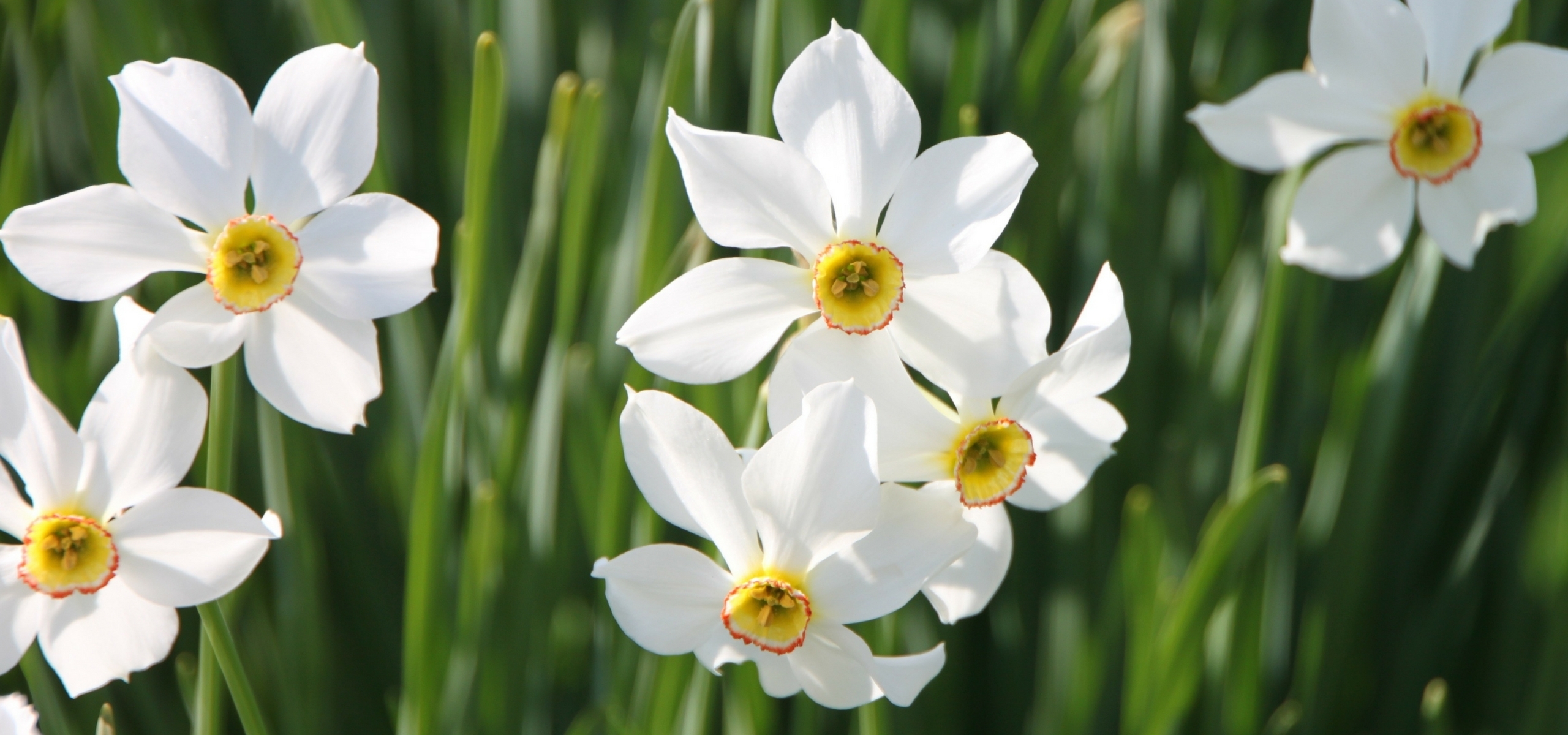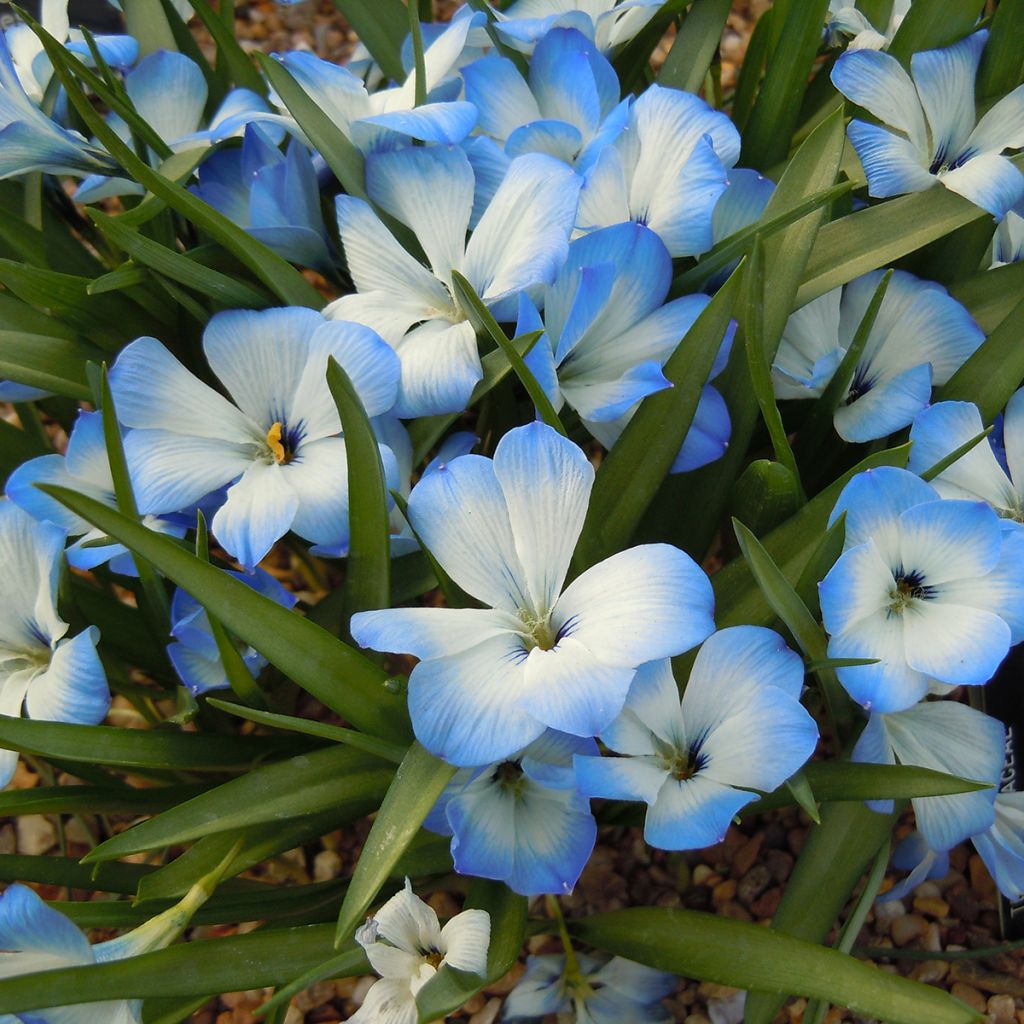

Tecophilaea cyanocrocus Leichtlinii - Chilean blue crocus
Tecophilaea cyanocrocus Leichtlinii - Chilean blue crocus
Tecophilaea cyanocrocus
Chilean blue crocus
Special offer!
Receive a €20 voucher for any order over €90 (excluding delivery costs, credit notes, and plastic-free options)!
1- Add your favorite plants to your cart.
2- Once you have reached €90, confirm your order (you can even choose the delivery date!).
3- As soon as your order is shipped, you will receive an email containing your voucher code, valid for 3 months (90 days).
Your voucher is unique and can only be used once, for any order with a minimum value of €20, excluding delivery costs.
Can be combined with other current offers, non-divisible and non-refundable.
Why not try an alternative variety in stock?
View all →This plant carries a 6 months recovery warranty
More information
We guarantee the quality of our plants for a full growing cycle, and will replace at our expense any plant that fails to recover under normal climatic and planting conditions.

Does this plant fit my garden?
Set up your Plantfit profile →
Description
The Chilean blue crocus, Tecophilaea cyanocrocus Leichtlinii, is a fascinating small bulbous plant, native to the high Chilean Andes. Sought after for its sky-blue flowers with white throats, this botanical treasure nearly disappeared. It has been preserved thanks to the work of passionate collectors, particularly in Great Britain, who have propagated it in alpine greenhouses. Awarded the prestigious RHS Award of Garden Merit (AGM), the leichtlinii form is now considered one of the most reliable in cultivation. Long reserved for specialists, it is now accessible to amateurs, provided its specific needs are respected.
Tecophilaea cyanocrocus Leichtlinii is a bulbous perennial plant belonging to the small Tecophilaeaceae family. Native to a limited territory in the high Chilean Andes, particularly in the Santiago region and the Cordillera de la Costa, this plant grows at 2000 to 3000 metres altitude, in well-drained rocky slopes, often exposed to the sun. The climate of these areas is characterised by dry and temperate summers (thanks to the altitude) and cold, but dry winters, sometimes covered with a light blanket of snow. This climatic regime, dry during dormancy and moderately humid during growth, strongly conditions its cultivation success.
This blue crocus grows from a fibrous spherical corm 1.5 to 2 cm in diameter, covered with a brown skin. Its foliage, which emerges from the ground in winter, consists of two to three narrow, linear, 7 to 12 cm long, slightly channelled leaves, matt bluish-green, often tinged with grey. The flowers emerge in late winter or very early spring (February-March in mild climates) directly from the ground, solitary or in pairs, borne on a short peduncle 5 to 8 cm long. They measure 3 to 4 cm in diameter and are distinguished by their widely open funnel shape and their colouration: a soft sky-blue on the edges, contrasting with a very marked white central zone, more extensive than in the species. This arrangement gives a luminous and very sculptural appearance to the flowering. The tepals are shiny and slightly wavy, and the throat is adorned with very visible yellow-orange stamens.
Like many Andean bulbous plants, this plant enters a strict summer dormancy after its foliage withers in May-June. Its active growth period begins in autumn, after watering resumes. It does not tolerate stagnant moisture and hot summers; cultivation in pots, in alpine troughs or in a cold greenhouse meets its requirements.
The Chilean blue crocus Leichtlinii has a reputation as a delicate plant, but with a little attention, it can become a true jewel in the garden or on a balcony. Not very hardy outside coastal areas, it is preferable to grow it in a pot that can be moved according to the seasons: buried in the ground with protection against moisture or placed on a covered terrace in a favourable climate, then kept dry and sheltered from intense heat or summer rains during the summer. This cultivation method allows precise control of its water and thermal needs. This variety can be combined with other early bulbs such as Iris reticulata or Corydalis solida, which share similar requirements and flower in harmony. You can also pair it with small bright yellow botanical crocuses like Crocus ancyrensis. This rare plant deserves a prime location, in full light, to offer a fleeting but unforgettable spectacle each year.
Report an error about the product description
Plant habit
Flowering
Foliage
Botanical data
Tecophilaea
cyanocrocus
Tecophilaeaceae
Chilean blue crocus
Tecophilaea leichtlinii, Zephyra cyanocrocus
Andes Mountains
Planting and care
Tecophilaea cyanocrocus Leichtlinii is best cultivated in pots to be protected during winter and/or summer outside of regions spared from heavy frosts. It grows in very light, well-drained, rocky, neutral to slightly acidic soil and prefers a very sunny exposure. Care should also be taken to position it sheltered from cold winds. The ideal substrate should be composed of a mixture of soil, coarse sand and peat, ensuring very good drainage at the bottom of the planting hole or pot. Beware of slugs, which are fond of the leaves and flower buds!
In summer, the bulbs must be kept dry until autumn, which generally corresponds to the restart of vegetation. They can withstand temperatures down to -5°C under a thick protective mulch.
Plant in autumn, by burying the corms 5 cm deep and spacing them 5 to 10 cm apart. The plants produce the best effect when planted in groups of 5 to 10 specimens.
Planting period
Intended location
Care
Planting & care advice
This item has not been reviewed yet - be the first to leave a review about it.
Haven't found what you were looking for?
Hardiness is the lowest winter temperature a plant can endure without suffering serious damage or even dying. However, hardiness is affected by location (a sheltered area, such as a patio), protection (winter cover) and soil type (hardiness is improved by well-drained soil).

Photo Sharing Terms & Conditions
In order to encourage gardeners to interact and share their experiences, Promesse de fleurs offers various media enabling content to be uploaded onto its Site - in particular via the ‘Photo sharing’ module.
The User agrees to refrain from:
- Posting any content that is illegal, prejudicial, insulting, racist, inciteful to hatred, revisionist, contrary to public decency, that infringes on privacy or on the privacy rights of third parties, in particular the publicity rights of persons and goods, intellectual property rights, or the right to privacy.
- Submitting content on behalf of a third party;
- Impersonate the identity of a third party and/or publish any personal information about a third party;
In general, the User undertakes to refrain from any unethical behaviour.
All Content (in particular text, comments, files, images, photos, videos, creative works, etc.), which may be subject to property or intellectual property rights, image or other private rights, shall remain the property of the User, subject to the limited rights granted by the terms of the licence granted by Promesse de fleurs as stated below. Users are at liberty to publish or not to publish such Content on the Site, notably via the ‘Photo Sharing’ facility, and accept that this Content shall be made public and freely accessible, notably on the Internet.
Users further acknowledge, undertake to have ,and guarantee that they hold all necessary rights and permissions to publish such material on the Site, in particular with regard to the legislation in force pertaining to any privacy, property, intellectual property, image, or contractual rights, or rights of any other nature. By publishing such Content on the Site, Users acknowledge accepting full liability as publishers of the Content within the meaning of the law, and grant Promesse de fleurs, free of charge, an inclusive, worldwide licence for the said Content for the entire duration of its publication, including all reproduction, representation, up/downloading, displaying, performing, transmission, and storage rights.
Users also grant permission for their name to be linked to the Content and accept that this link may not always be made available.
By engaging in posting material, Users consent to their Content becoming automatically accessible on the Internet, in particular on other sites and/or blogs and/or web pages of the Promesse de fleurs site, including in particular social pages and the Promesse de fleurs catalogue.
Users may secure the removal of entrusted content free of charge by issuing a simple request via our contact form.
The flowering period indicated on our website applies to countries and regions located in USDA zone 8 (France, the United Kingdom, Ireland, the Netherlands, etc.)
It will vary according to where you live:
- In zones 9 to 10 (Italy, Spain, Greece, etc.), flowering will occur about 2 to 4 weeks earlier.
- In zones 6 to 7 (Germany, Poland, Slovenia, and lower mountainous regions), flowering will be delayed by 2 to 3 weeks.
- In zone 5 (Central Europe, Scandinavia), blooming will be delayed by 3 to 5 weeks.
In temperate climates, pruning of spring-flowering shrubs (forsythia, spireas, etc.) should be done just after flowering.
Pruning of summer-flowering shrubs (Indian Lilac, Perovskia, etc.) can be done in winter or spring.
In cold regions as well as with frost-sensitive plants, avoid pruning too early when severe frosts may still occur.
The planting period indicated on our website applies to countries and regions located in USDA zone 8 (France, United Kingdom, Ireland, Netherlands).
It will vary according to where you live:
- In Mediterranean zones (Marseille, Madrid, Milan, etc.), autumn and winter are the best planting periods.
- In continental zones (Strasbourg, Munich, Vienna, etc.), delay planting by 2 to 3 weeks in spring and bring it forward by 2 to 4 weeks in autumn.
- In mountainous regions (the Alps, Pyrenees, Carpathians, etc.), it is best to plant in late spring (May-June) or late summer (August-September).
The harvesting period indicated on our website applies to countries and regions in USDA zone 8 (France, England, Ireland, the Netherlands).
In colder areas (Scandinavia, Poland, Austria...) fruit and vegetable harvests are likely to be delayed by 3-4 weeks.
In warmer areas (Italy, Spain, Greece, etc.), harvesting will probably take place earlier, depending on weather conditions.
The sowing periods indicated on our website apply to countries and regions within USDA Zone 8 (France, UK, Ireland, Netherlands).
In colder areas (Scandinavia, Poland, Austria...), delay any outdoor sowing by 3-4 weeks, or sow under glass.
In warmer climes (Italy, Spain, Greece, etc.), bring outdoor sowing forward by a few weeks.






























